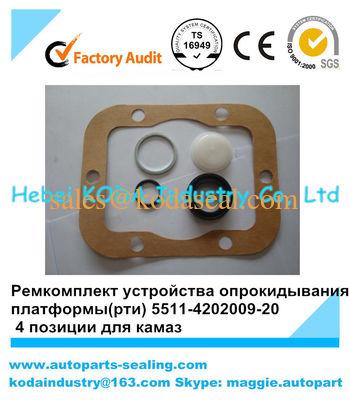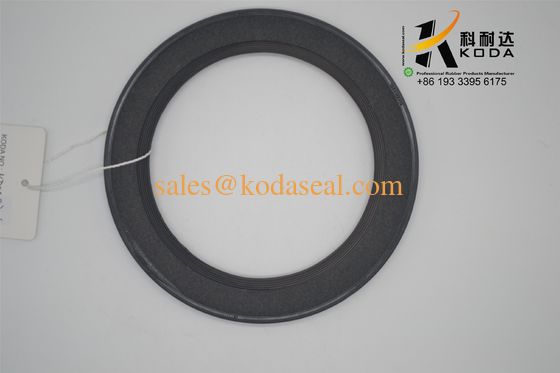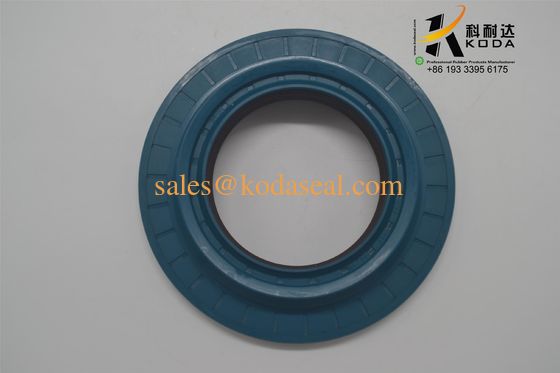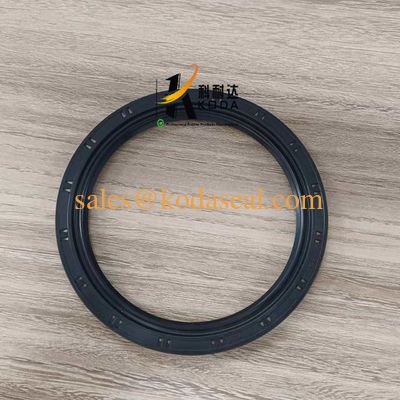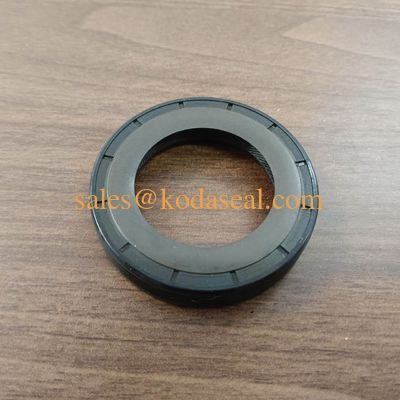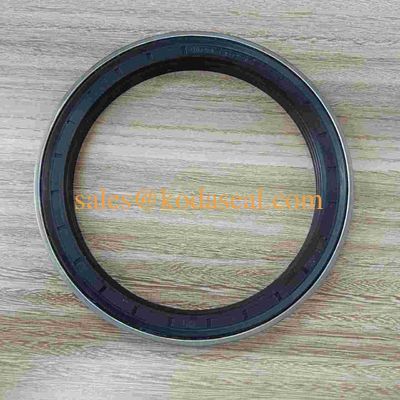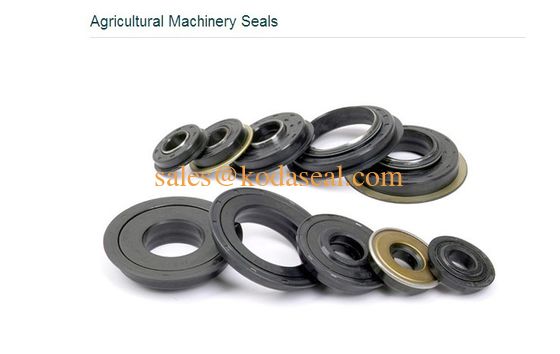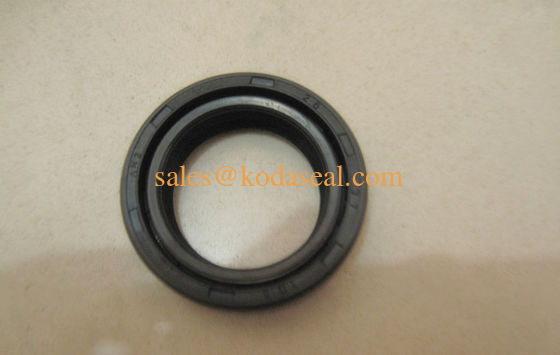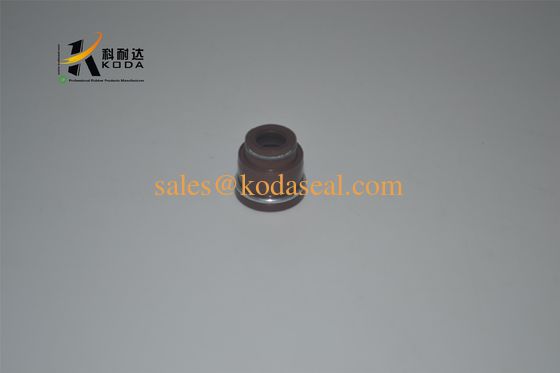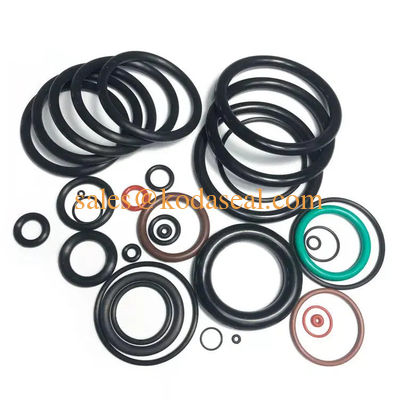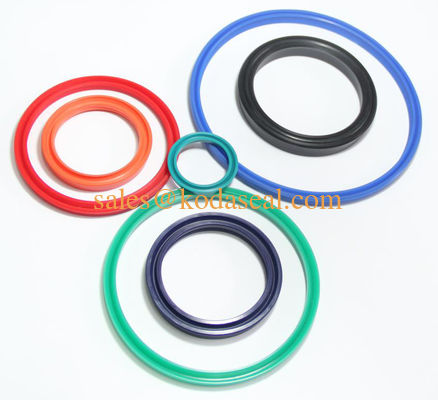Valve Stem Seal
1. What is valve stem seal:
Valve stem seal is a kind of oil seal, generally made of external skeleton and fluoroelastomer joint vulcanization, oil seal diameter port installed with self-tightening spring or steel wire, used for the sealing of engine valve guide rod.
The valve oil seal can prevent oil from entering the intake and exhaust pipes, avoid oil loss, prevent gasoline-air mixtures and exhaust gas leakage, and prevent engine oil from entering the combustion chamber. Valve oil seal is one of the important parts of the engine valve group, which is in contact with gasoline and oil at high temperature, so it is necessary to use materials with excellent heat resistance and oil resistance, generally made of fluororubber.
2. The role of valve oil seals:
The valve oil seal can prevent oil from entering the intake and exhaust pipes, avoid oil loss, prevent gasoline-air mixture and exhaust gas leakage, and prevent engine oil from entering the combustion chamber.
3. Installation and replacement of valve oil seals
(1) Disassembly steps of valve stem oil seal:
①Disassemble the camshaft and hydraulic tappet and store them face down, and pay attention to the fact that the tappets are not interchangeable during operation. Disassemble the spark plug with the spark plug wrench 3122B, adjust the piston of the corresponding cylinder to top dead center, and screw the pressure hose VW653/3 into the threaded hole of the spark plug.

②The spring compression tool 3362 is mounted on the cylinder head with a bolt, as shown in FIG. 1. Adjust the relevant valves to the correct position and connect the pressure hose to the compressor (air pressure at least 600kPa). Remove the valve spring by pressing down on the valve spring with a threaded mandrel and thrust piece.

③The valve spring seat can be knocked lightly to remove the valve lock block. Pull out the valve stem oil seal with tool 3364 as shown in Figure 2.

(2) Installation of valve stem oil seal.
Attach a plastic sleeve (A in fig. 3) to the valve stem to prevent damage to the new stem oil seal. Lightly apply a layer of motor oil to the lip of the oil seal. Attach the oil seal (B in Figure 3) to tool 3365 and slowly push onto the valve guide. Special reminder: Before installing the intake and exhaust valves, a layer of oil must be applied to the valve stem.
4. If your car's acceleration is weak or your car is emitting blue smoke, your valve seal is aging. So what is the cause of this series of problems?
The first is the valve oil seal installation problem: for example, mixed in during installation, or foreign matter and dust in the pipeline, entering the seal and causing leakage; Leakage caused by seal damage caused by poor assembly; The wrong installation direction of the seal causes leakage, or the coating enters the sealing layer because the coating is processed unevenly.
The second is the problem of the selection of seals: gap bites caused by excessive pressure, and then mixed with air, adiabatic compression causes seal burning; High-frequency reciprocating motion causes the seal to heat up and dry grind; Abnormal wear of the sealing ring caused by environmental dust; Sealing grooves rust caused leakage and other problems.
Again, there is the design of the sealing equipment. This includes:
1. The material of the guide support is improperly selected, which damages the cylinder barrel and piston rod
2. The friction pair gap is not suitable, resulting in gap extrusion bite
3. The thread guide angle of the end of the cylinder barrel piston is improper, which damages the sealing ring
4. Improper sealing installation guide angle damages the sealing ring
5. The roughness of the sliding surface is not suitable, and the sealing ring is worn
6. The electroplating is uneven, and the surface through which the seal passes through is cut, scratching and wearing the sealing ring
7. The roughness of the sealing groove, especially the shaft sealing groove, is not enough, and the wear damages the seal
Finally, it may be the problem of the product itself, or the problem of sealing and storage, which is subject to high temperature during transportation, causing the sealing material to deteriorate and deteriorate.

 Your message must be between 20-3,000 characters!
Your message must be between 20-3,000 characters! Please check your E-mail!
Please check your E-mail!  Your message must be between 20-3,000 characters!
Your message must be between 20-3,000 characters! Please check your E-mail!
Please check your E-mail! 
